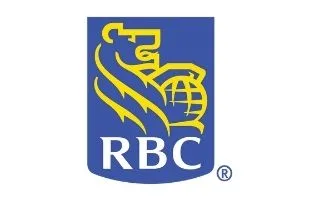RBC debit card review
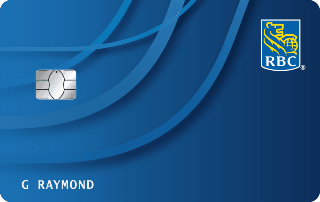
- Free Transactions
- 6 - unlimited (depending on the RBC chequing account)
- e-Transfer Fee
- $0 for all RBC personal chequing accounts
Our verdict
Make instant payments with your everyday RBC Client Card, or sign up for the RBC Visa Debit to make purchases online.
The RBC debit card is a solid everyday debit card that lets you earn Avion points when linked to certain RBC chequing accounts. Access funds from your RBC account quickly and easily, and spend them with Interac Contactless Payment and Mobile Pay. However, to make online purchases, you'll have to sign up for a RBC Visa Debit card.
Best for: Those looking for an RBC debit card to link to an RBC chequing or RBC savings account.
Pros
-
Fast Interac Contactless Payments
-
Link to your mobile wallet
-
Mobile banking with RBC Mobile app
-
Free RBC ATM withdrawals
-
Shop online with RBC Visa Debit
-
Enhanced security
-
Earn Avion points with selected RBC chequing accounts
Cons
-
No access to credit (won't improve your credit score)
-
Foreign transaction fees may apply
-
Transaction limits apply
Types of RBC debit cards
There are two main types of RBC debit cards to choose from, depending on whether you want to shop in-store only or online too.
- The RBC Client Card. This is the default debit card that lets you shop with retailers in-store. It has no added benefits other than allowing you to make quick tap and mobile wallet payments.
- The RBC Visa Debit card. This is a virtual add-on RBC debit card that you can sign up for separately from the RBC Client Card. It lets you shop online with a card number, expiry date and CVV (just like a credit card). Shop in-store by adding the virtual card to your mobile wallet.
RBC debit card basics
The RBC Client Card offers relatively few benefits and only lets you shop in-store. You’ll have to sign up separately for the RBC Visa Debit card if you want to make purchases online.
- Fast payments. Tap your RBC Client Card to pay for purchases quickly in-store with any merchant set up to receive Interac Contactless Payments.
- Make purchases in the US. Use your RBC Client Card to make purchases with retailers across the US (although you may need to pay a fee for cross-border transactions).
- Link to your mobile wallet. Connect your RBC Client Card to your mobile wallet to pay in-store by swiping your mobile phone at checkout.
- Free RBC ATM withdrawals. Use your RBC Client Card to withdraw cash at RBC ATMs, or pay a small fee to take money out at non-RBC ATMs across Canada and overseas.
- Online shopping. Sign up for a RBC Visa Debit to make purchases online (you won’t be able to use the RBC Virtual Visa Debit card to make purchases in-store unless you add it to your mobile wallet).
How to make purchases online with an RBC debit card
You’ll have to apply for an RBC Visa Debit separately from your RBC Client Card to make purchases online. Once you have your RBC Visa Debit, simply input your details as you would with a credit card. This includes providing your full name, card number and card details, such as your RBC debit card expiry date and RBC debit card CVV.
Where to find the RBC debit card CVV
You can find the three-digit CVV (also referred to as a security code, CVV2, CVC2 or CID) written on the back of your RBC debit card beside the signature box.
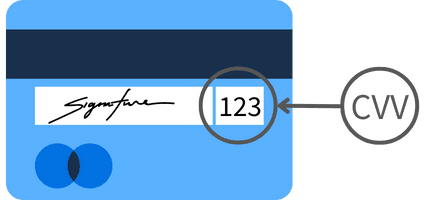
If you’re having trouble finding the CVV on your RBC debit card, remember you can only find it on the RBC Visa Debit card, not the Client Card. That’s because the RBC Client Card can only be used for in-person purchases, so it doesn’t come with a CVV number.
If you want to use your debit card online, you’ll need to get the RBC Visa Debit card, which is fully equipped with a CVV number.
Why does my RBC debit card not have a CVV?
Your RBC debit card might not have a CVV if it is a Client Card instead of a Visa Debit card. The Client Card does not have a CVV, because it can only be used for in-person purchases. If you want to use your debit card for online or over-the-phone shopping, you’ll need to switch to RBC’s Visa Debit card, which comes with a CVV.
RBC debit card perks
- Fee-free transactions. You won’t pay fees to use either type of RBC debit card as long as the merchant or ATM you use doesn’t charge convenience fees on their end.
- Earn Avion points with debit. Apply for an RBC chequing account, such as the RBC Signature No Limit Banking Account or RBC VIP Banking Account, to earn Avion points on your everyday purchases.
- Mobile banking. Manage your debit transactions on the go with the user-friendly RBC online and mobile banking app.
- Enhanced security. Protect yourself from fraud with security features like chip technology and transaction limits.
- Transaction records. Track your spending with a transaction record every time you use your RBC Client Card or RBC Visa Debit.
What to watch out for with the RBC Client Card
- Transaction limits. You could have trouble making large purchases depending on your RBC debit card limits.
- No access to credit. Both types of RBC debit cards only let you access money that’s already in your account. This means you can’t use them to make purchases on credit, and you can’t use your debit card to improve your credit score.
- Foreign transaction fees. Depending on your RBC chequing account, you may be charged for international transactions conducted in any currency other than CAD.
- Separate cards required. You’ll need to sign up for two separate cards to make online and in-store purchases (whereas, debit cards with other banks are integrated).
What should I know before I apply?
Eligibility requirements
You won’t need to apply for an RBC Client Card, because you’ll get one automatically if you meet the following criteria:
- You are a Canadian citizen, permanent resident or temporary resident of Canada.
- You are applying for an RBC chequing or savings account that qualifies for this card.
- You have an RBC chequing account, which can be opened online, at a local branch or by calling the RBC customer service line.
- However, you will need to apply for an RBC Visa Debit separately by visiting your branch or calling the RBC customer service line.
Required documents and information
To sign up for an eligible RBC bank account, you’ll need to provide the following:
- Your name, residential status and contact information
- Your Social Insurance Number and date of birth
- Your email address and phone number
How to apply for an RBC Client Card
- Visit RBC's website to choose your RBC chequing account or RBC banking package, and start the application process.
- Complete the application, which includes providing details like your name, email address, Social Insurance Number (SIN) and birth date.
- Review and submit your application.
- Your RBC Client Card should come automatically included with your account once you sign up (you won’t need a separate application).
Most Canadians prefer banking with the Big Five—but fintechs are gaining ground
The Big Five Banks (TD, RBC, CIBC, BMO and Scotiabank) are still go-to financial institutions in Canada. According to our Finder: Consumer Sentiment Survey January 2025, over three in four Canadians (75.92%) prefer banking at a Big Five Bank over other traditional banks (26.67%), digital banks (48.25%) or credit unions (25.87%).
That being said, the fact that nearly half of Canadians embrace alternative online financial institutions suggests Big Banks may have to fight to hold on to their market share as time goes on. Learn more in our banking statistics report.
Bottom line
RBC offers two separate debit cards, depending on how you want to spend money. The RBC Client Card can be used for in-store purchases, while the RBC Visa Debit may be the best fit for you if you want to make purchases online (or in-store by adding it to your mobile wallet). Both cards come with relatively few benefits compared to debit cards on offer from other Big Five Canadian banks.More banking guides from our experts
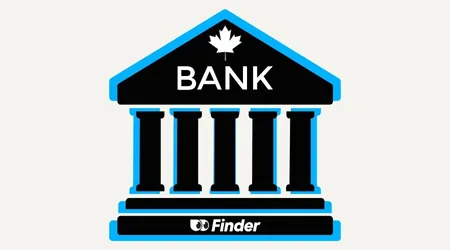
Banking statistics and trends in Canada for 2025
Explore key banking statistics and figures from the Finder: Consumer Sentiment Survey January 2025.
Read more…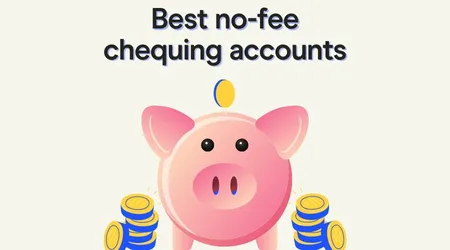
Best free (no-fee) chequing accounts in Canada
Compare the features of 8 of the best no-fee chequing accounts in Canada, and find out how to avoid transaction fees.
Read more…
14 best new bank account offers for August 2025
Earn cash, rewards points, bonus interest rates and more with these new bank account offers and promotions.
Read more…
